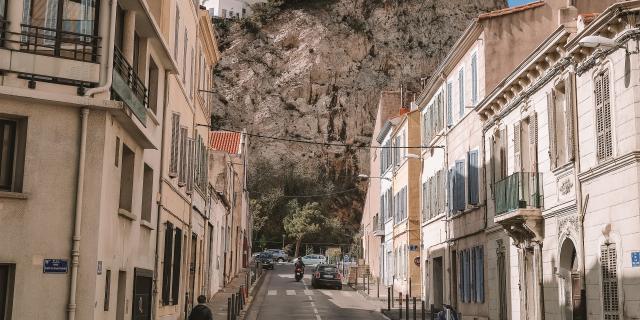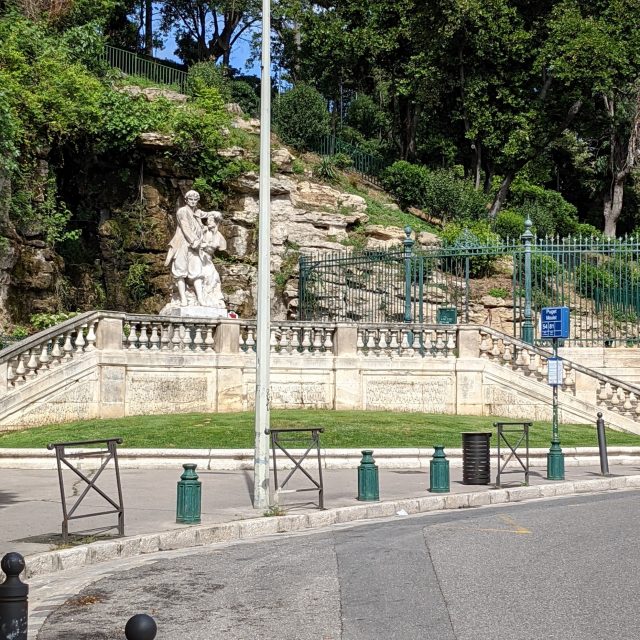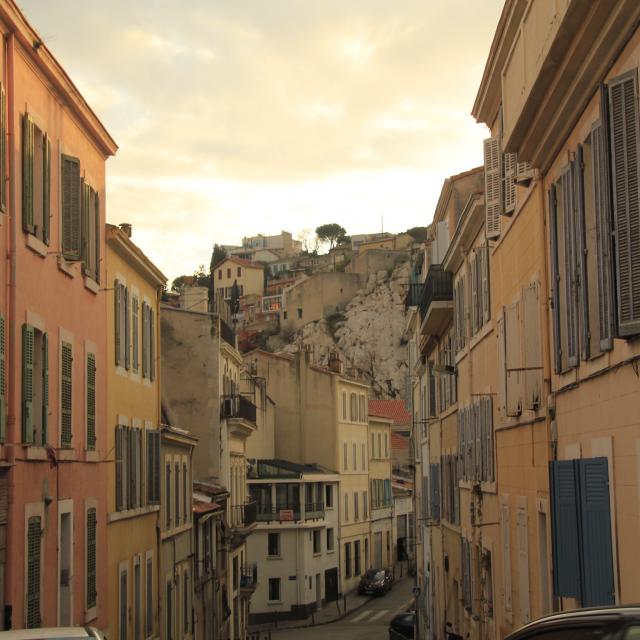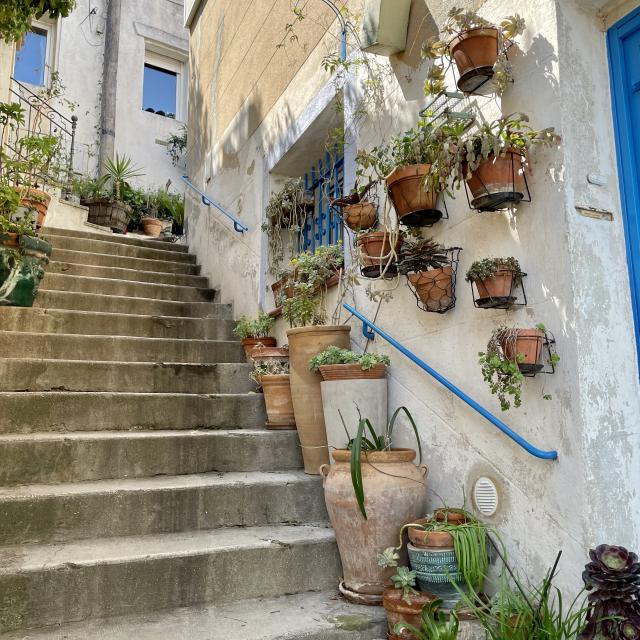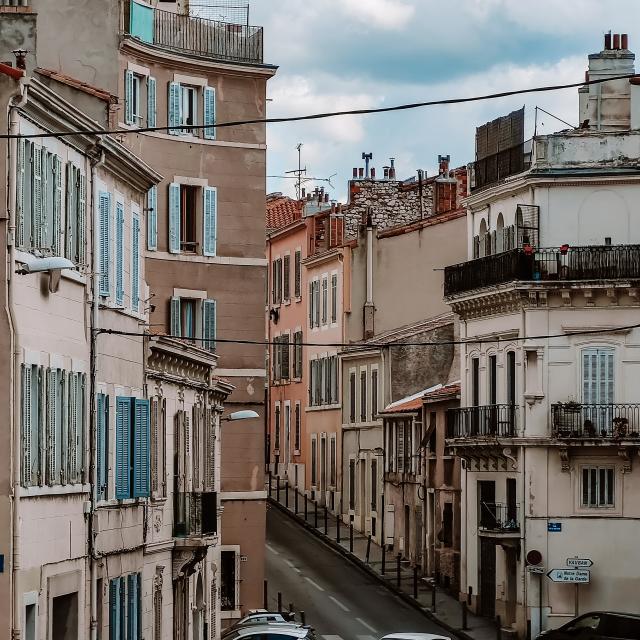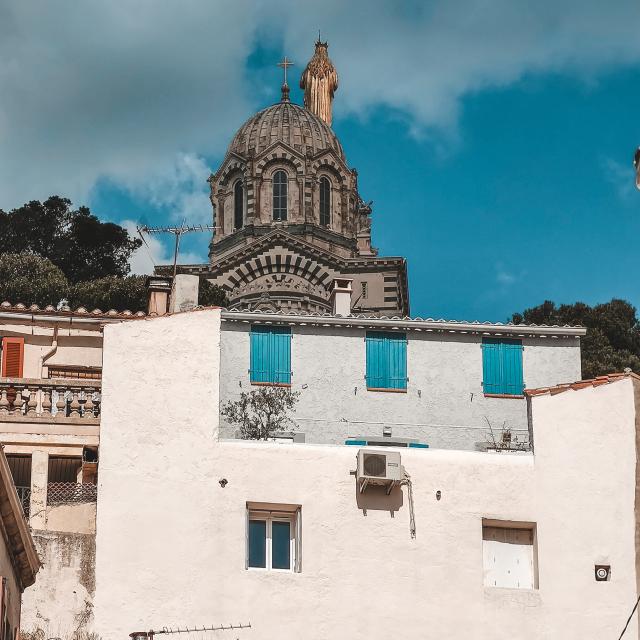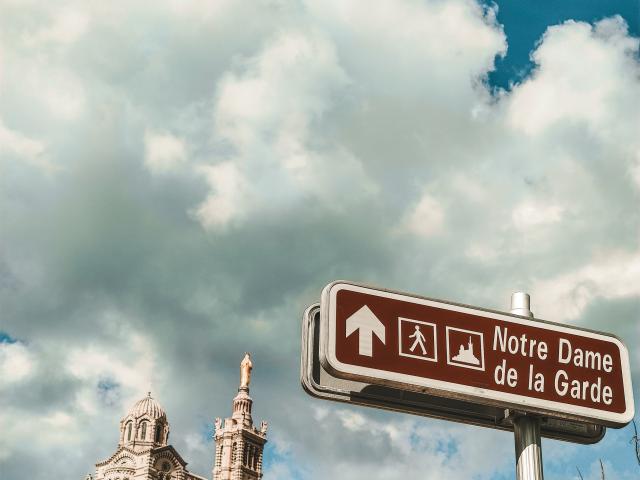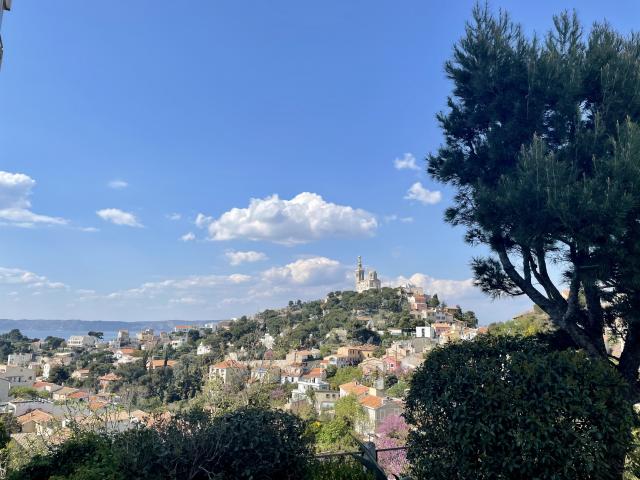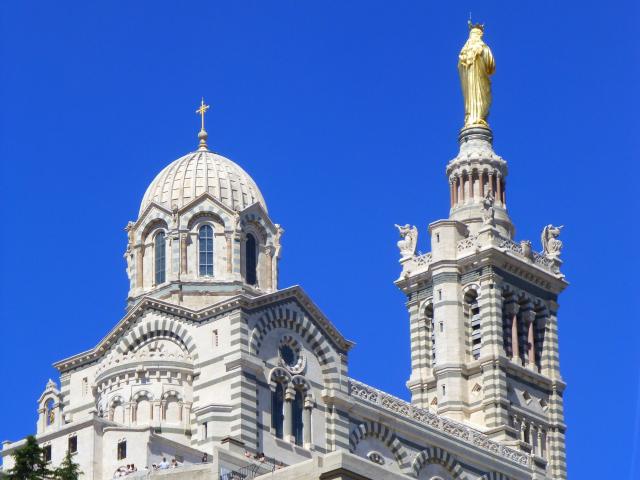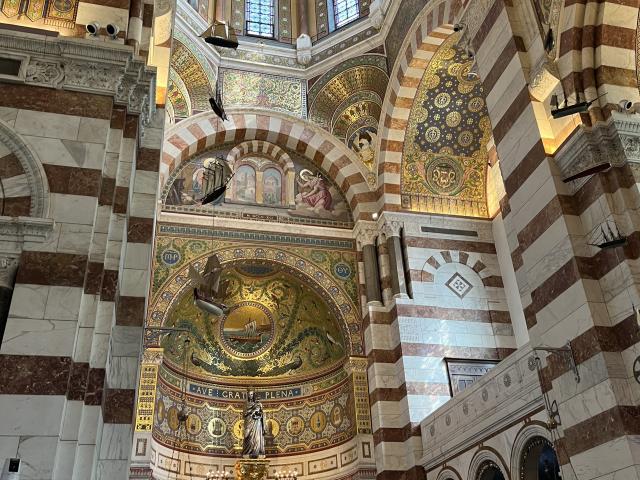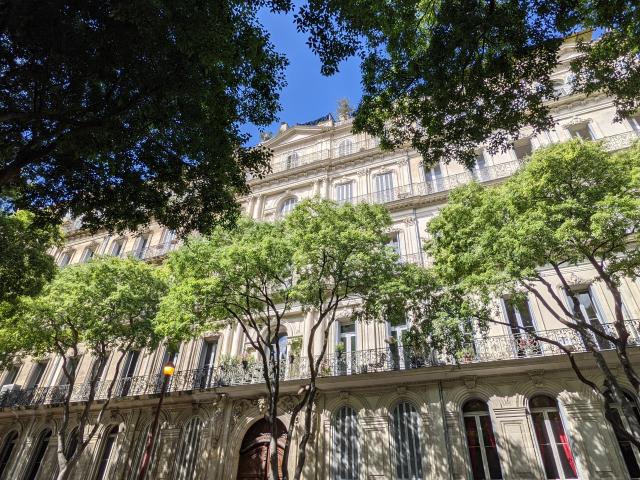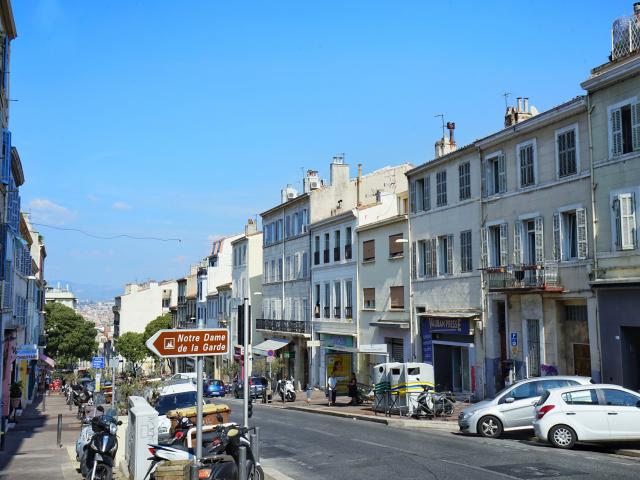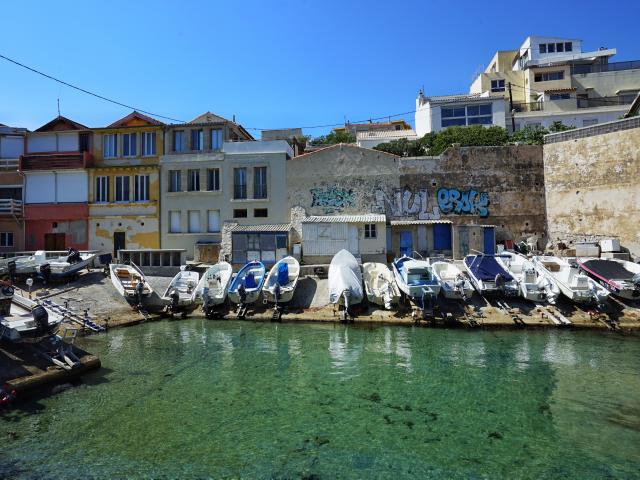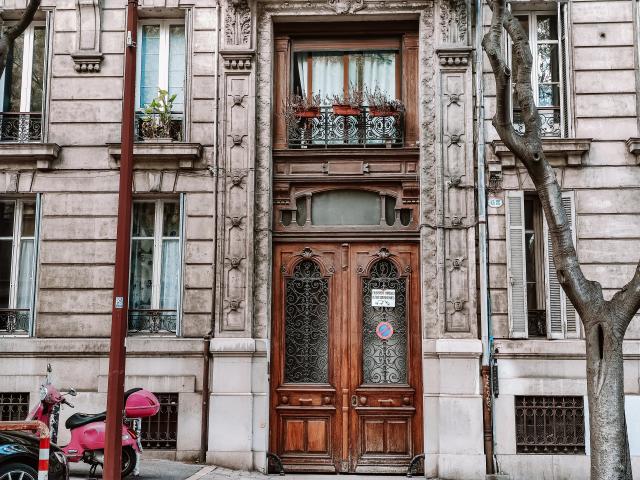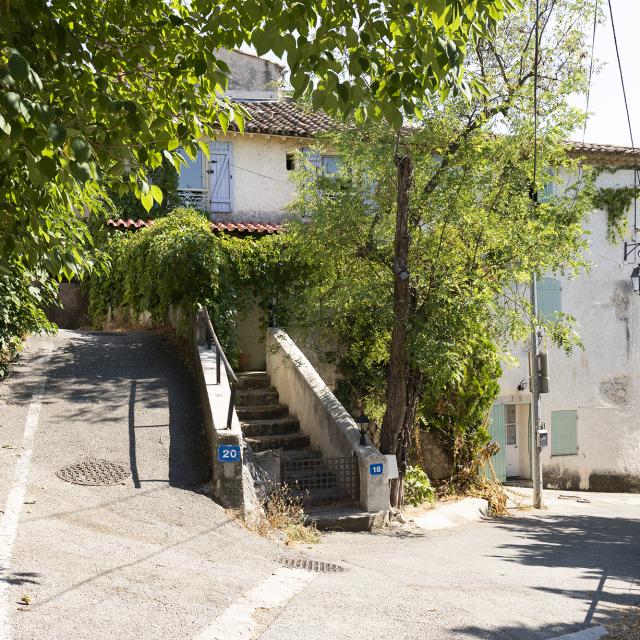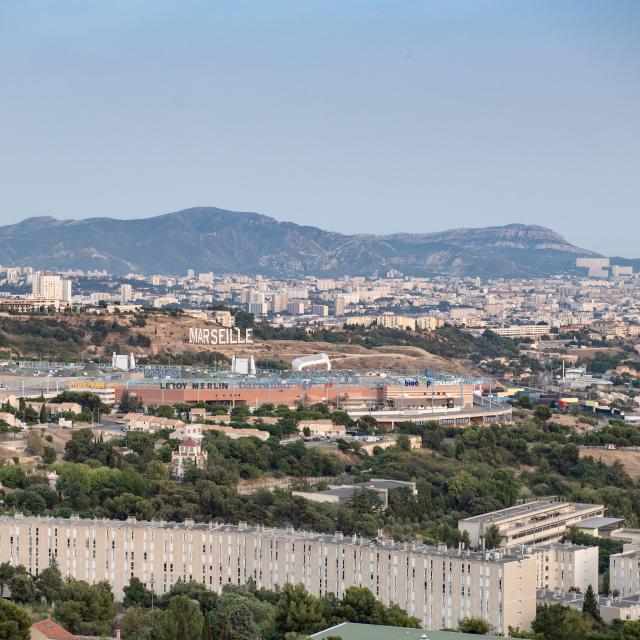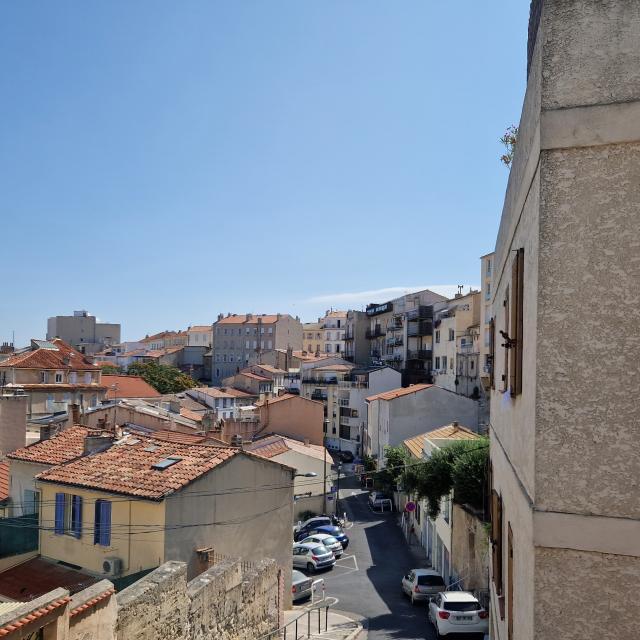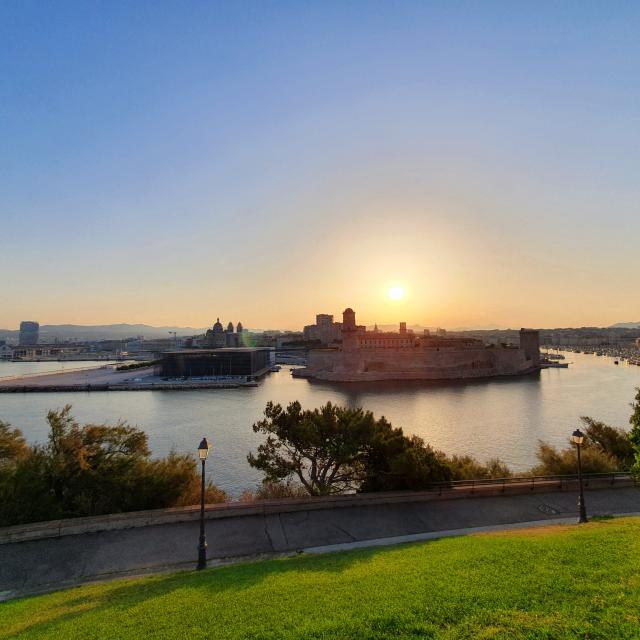Historical heritage of the Vauban district
Key events
A look back at the history of this historic district of Marseille. In 1645, the area was almost completely undeveloped. It was not until more than a century later that urbanisation began to develop. The district owes its name to Vauban, a famous engineer, architect, Marshal of France and General Commissioner of Fortifications under Louis XIV, who was responsible for the fortifications in the city. In addition to Marseille, Vauban was responsible for the construction of more than a hundred fortifications throughout France, including Besançon, Lille, Brest, Douai, Dunkirk and Versailles.
In the 1850s, new streets appeared, starting from the Puget district. In 1851, a basin was dug to supply the site with water. This was fed by water from the Marseille canal. In 1864, the Bishop of Marseille decided to build a parish called Saint-François d’Assise, located just opposite of the Maison du Peuple.
